How can I assign a default action to UIButton to show an alert unless
another action is assigned via interface builder or programmatically?
I would suggest to do method swizzling:
Through swizzling, the implementation of a method can be replaced with
a different one at runtime, by changing the mapping between a specific
selector(method) and the function that contains its implementation.
https://www.uraimo.com/2015/10/23/effective-method-swizzling-with-swift/
Remark: I would recommend to check the article above.
As an exact answer for your question, the following code snippet should be -in general- what are you trying to achieve:
class ViewController: UIViewController {
// MARK:- IBOutlets
@IBOutlet weak var lblMessage: UILabel!
// MARK:- IBActions
@IBAction func applySwizzlingTapped(_ sender: Any) {
swizzleButtonAction()
}
@IBAction func buttonTapped(_ sender: Any) {
print("Original!")
lblMessage.text = "Original!"
}
}
extension ViewController {
func swizzleButtonAction() {
let originalSelector = #selector(buttonTapped(_:))
let swizzledSelector = #selector(swizzledAction(_:))
let originalMethod = class_getInstanceMethod(ViewController.self, originalSelector)
let swizzledMethod = class_getInstanceMethod(ViewController.self, swizzledSelector)
method_exchangeImplementations(originalMethod, swizzledMethod)
}
func swizzledAction(_ sender: Any) {
print("Swizzled!")
lblMessage.text = "Swizzled!"
}
}
After calling swizzleButtonAction() -by tapping the "Apply Swizzling" button (applySwizzlingTapped)-, the selector of "Button" should changed from buttonTapped to swizzledAction.
Output:

